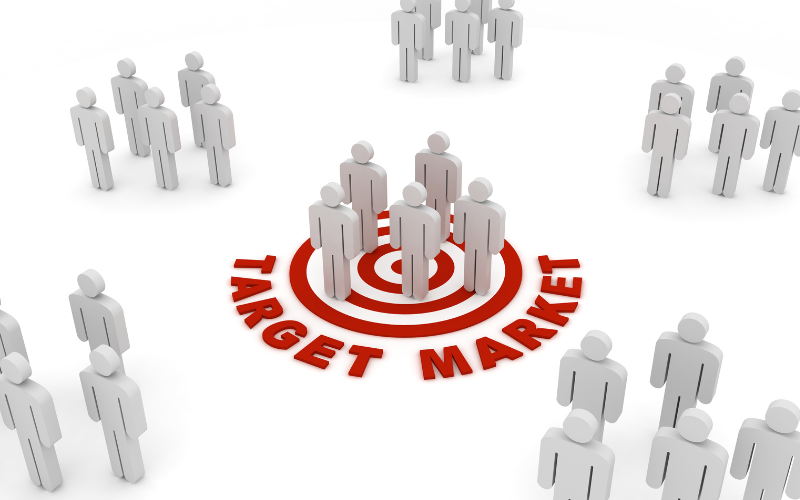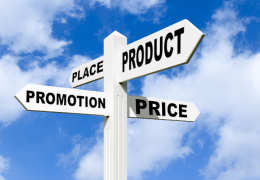What does Target mean? Target refers to identifying potential customers and the market that a business wants to reach when launching a product. This is a crucial element in marketing. To better understand what Target is, let’s dive into the details in the article below!
What is Target?

Understanding the definition of a target market
Target refers to identifying a specific group of people who share a common interest in your product. This group is crucial for developing and implementing your business or marketing strategies. Simply put, Target means analyzing the customer segment that a business needs to focus on. For a business to grow, it’s important to define its Target audience clearly. On a personal level, setting a Target means setting goals for yourself and organizing your tasks in the most efficient way possible. When you set personal goals, it provides motivation to strive for success and grow over time.
The Role of Targeting for Businesses
For every business, setting specific targets for each service/product or campaign is extremely important. Targeting plays a crucial role in several ways:
- Having a clear target audience helps you easily and accurately reach and identify potential customers. This allows you to implement business strategies effectively and minimize advertising costs for the company.
- Setting clear targets also enables you to develop specific plans to reduce errors and prevent unfair tactics from competitors.
- By targeting the right audience, you maximize cost efficiency and avoid wasting money on customers who are not potential buyers or have no interest in your products.
How to Target Your Ideal Market
Targeting the right customers is always a challenge for marketers. Identifying your target audience helps businesses reach the right people, avoid wasting budgets on uninterested customers, and reduce costs in finding new customer groups. Target customers are more likely to convert because they can adapt more quickly to your brand. This means you won’t have to spend as much time convincing them, and you can build long-term relationships between your business and customers. Targeting the right customers is also closely tied to inbound marketing strategies like social media, PR, website content, visual content, and more. These efforts aim to nurture and care for potential customers. So, how do you target the right audience? Check out the methods below.

Steps to identify your ideal target audience
Creating a Customer Portrait
Potential customers who are likely to buy your product tend to share certain characteristics. The first step is to identify who these potential customers are, where they are, and what they do. By analyzing real data on online shopping behavior, customer demographics, as well as considering motivations, personal history, and other interests, you can better define your target audience.
- Age: What age group do your potential customers primarily belong to? Which generation are they from? Customers of different ages will have different reactions to your services and products.
- Gender: The needs and preferences of men and women can be very different, which also leads to differing motivations and purchasing goals.
- Income Level: Income directly influences purchasing decisions and impacts your marketing strategy. Families with lower incomes tend to opt for practical and affordable products, while wealthier families are more likely to choose products based on their preferences.
- Location: Buying habits in rural and urban areas can differ significantly. The place of residence and the culture of the community are key factors that influence buying preferences.
- Other characteristics such as ethnicity, occupation, hobbies, marital status, and more should also be considered when creating your customer portrait.
Research and Determine Market Size
Market Research
You can learn about your target audience through both secondary and primary market research. Primary research involves understanding your customers’ buying habits using methods like:
- Surveys: Paper surveys, email surveys, or those conducted on your website.
- Interviews: Talk to people you trust who have buying habits that align with your business.
- Focus Groups: Gather feedback from a group of consumers that match your customer profile by asking Q&A questions.

Advantages of focusing on targeted marketing
Determining Market Size
Market size refers to the scale of the business you’re targeting, including the number of potential customers and the scope of the market. Depending on your business goals and resources, the market size will vary. Every business has the ambition to reach as many customers as possible, allowing them to grow quickly and increase income.
Evaluation
After understanding what a target is and how to target the right market for your business, you can narrow down your target market. It’s important to evaluate once more to ensure that the market aligns with your marketing goals. With that said, this article covers all the information about what a target is and how to target the right market. I hope this post has been helpful to you!




